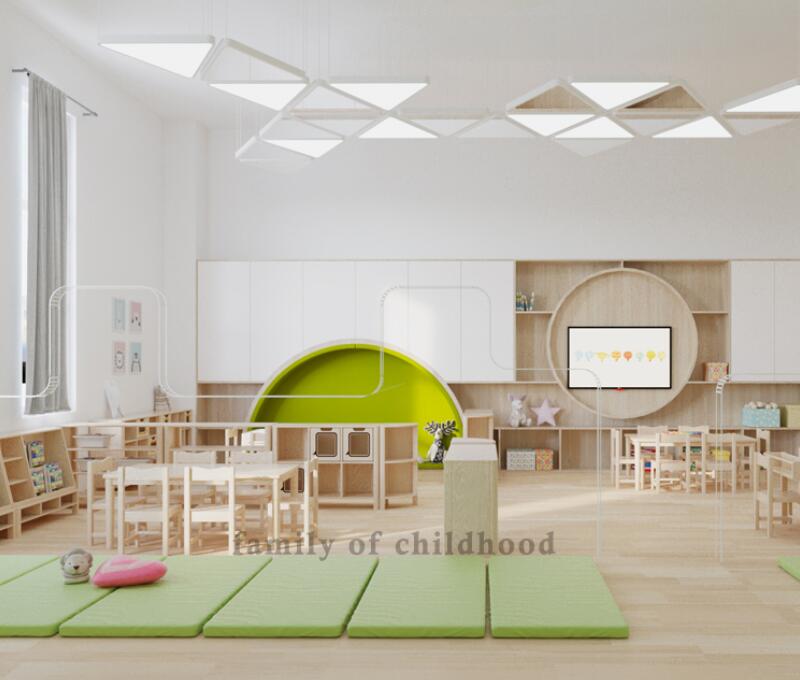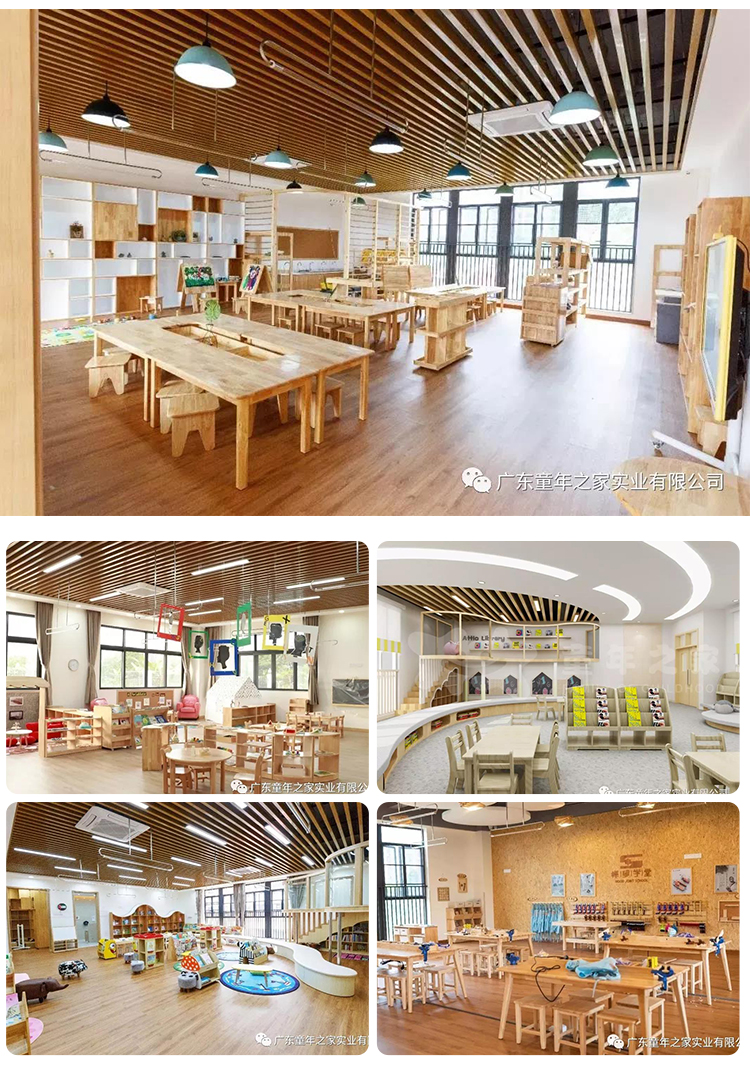22 May, 2023
When it comes to creating an optimal learning environment for kindergarten students, choosing the right materials for kindergarten classroom furniture is crucial. The kindergarten study furniture should not only be safe and durable but also promote comfort and concentration.

The recommended materials for kindergarten study furniture include wood, plywood, plastic, metal, laminates, and fabric. Each material has its own advantages and considerations in terms of durability, safety, and functionality.
Wood is a popular and timeless choice for kindergarten study furniture due to its durability and natural beauty. Solid wood, such as birch, beech, or oak, is highly recommended as it provides sturdiness and longevity. Look for furniture made from sustainably sourced wood to promote environmental consciousness.
Plywood is an affordable alternative to solid wood and offers good strength and stability. It is made by layering thin sheets of wood and bonding them together with adhesives, resulting in a durable and lightweight material. It is important to ensure that the plywood used in the furniture is of high quality and free from harmful chemicals.
Plastic furniture is a popular choice for kindergartens due to its versatility, easy maintenance, and vibrant color options. The furniture is made from non-toxic, BPA-free plastic to ensure the safety of children. Plastic furniture is lightweight and can be easily moved around, making it suitable for collaborative activities.
Metal furniture, especially those made from steel or aluminum, offers exceptional durability and strength. Metal furniture is treated with a protective coating to prevent rust and sharp edges. It is resistant to abrasion and is suitable for areas with high traffic in kindergartens.
Laminates are thin layers of material bonded together to create a sturdy and visually appealing surface. Preschool furniture with laminate finishes is resistant to scratches, stains, and moisture, making it ideal for busy kindergarten classrooms.
Fabric is commonly used in kindergarten study furniture, especially for upholstered chairs and cushions. Opt for durable and stain-resistant fabrics that can withstand regular use and are easy to clean. Hypoallergenic and fire-safe fabrics ensure children's health to a certain extent.
Many kindergarten study furniture pieces feature a combination of materials. For example, a table might have a wooden top with metal legs, or a chair could have a plastic seat with fabric upholstery. These combinations offer a blend of functionality and aesthetics.

There are eco-friendly alternatives available for kindergarten study furniture. Look for furniture made from sustainable materials like bamboo or reclaimed wood. Additionally, some manufacturers offer furniture with low volatile organic compound finishes, reducing the environmental impact and improving indoor air quality.
To ensure safety, look for furniture that complies with safety standards and certifications. Consider materials that are free from harmful chemicals, have rounded edges, and meet fire safety regulations. Follow kindergarten furniture manufacturers' and kindergarten furniture suppliers' guidelines for proper use and maintenance.
Selecting the right materials for kindergarten classroom furniture is essential for creating a safe, comfortable, and conducive learning environment.
Whether it's the sturdiness of wood, the versatility of plastic, or the durability of metal, each material has its unique qualities that contribute to the functionality and aesthetics of the nursery school furniture.
Prioritize safety, durability, and comfort when choosing the materials for kindergarten study furniture, and create an engaging space where young learners can thrive and grow.